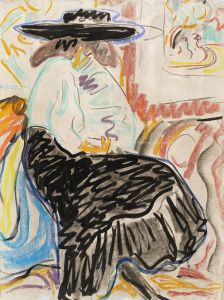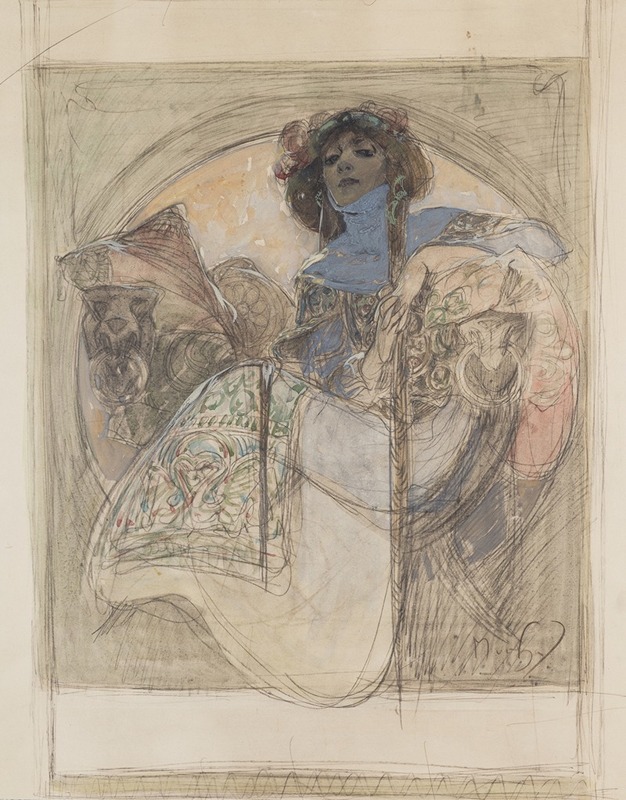
Sedící žena – studie k plakátu
A hand-painted replica of Alphonse Mucha’s masterpiece Sedící žena – studie k plakátu, meticulously crafted by professional artists to capture the true essence of the original. Each piece is created with museum-quality canvas and rare mineral pigments, carefully painted by experienced artists with delicate brushstrokes and rich, layered colors to perfectly recreate the texture of the original artwork. Unlike machine-printed reproductions, this hand-painted version brings the painting to life, infused with the artist’s emotions and skill in every stroke. Whether for personal collection or home decoration, it instantly elevates the artistic atmosphere of any space.
Alphonse Mucha, a Czech painter and decorative artist, is widely recognized for his contributions to the Art Nouveau movement. One of his works, Sedící žena – studie k plakátu (translated as Seated Woman – Study for a Poster), is a preparatory study that showcases Mucha's characteristic style, which often features elegant female figures, intricate detailing, and a harmonious composition.
This particular piece is a study, meaning it was likely created as a preliminary design for a larger or more finalized work, possibly a poster. Mucha was renowned for his poster designs, especially during his time in Paris in the late 19th and early 20th centuries. His posters often advertised theatrical performances, products, or events, and they played a significant role in defining the visual aesthetics of the Art Nouveau period.
The study depicts a seated woman, rendered with Mucha's signature flowing lines and attention to detail. The figure is portrayed in a contemplative pose, surrounded by decorative elements that hint at the artist's fascination with nature and organic forms. Mucha frequently incorporated floral motifs, curvilinear patterns, and a sense of symmetry in his works, all of which are evident in this study.
As a preparatory work, Sedící žena – studie k plakátu provides insight into Mucha's creative process. It demonstrates how he meticulously planned his compositions, experimenting with poses, gestures, and decorative elements before finalizing his designs. Studies like this one were an essential part of his artistic practice, allowing him to refine his ideas and achieve the balance and elegance for which his finished works are celebrated.
The exact purpose or commission for which this study was created is not definitively documented. However, it aligns with Mucha's broader body of work, which often celebrated the beauty of the human form and the interplay between figure and ornamentation. The piece is an example of Mucha's ability to blend fine art with commercial design, elevating everyday objects like posters into works of art.
Today, Mucha's works, including his studies, are highly regarded and are preserved in museums and private collections around the world. They continue to influence artists and designers, serving as a testament to his enduring legacy in the history of art and design.





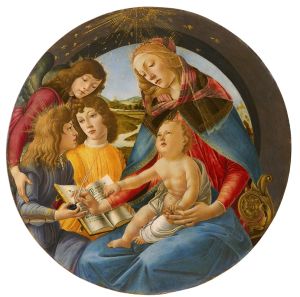
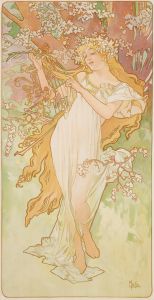
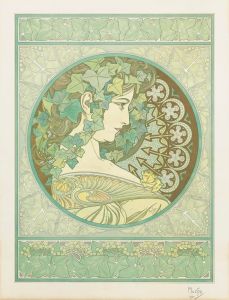
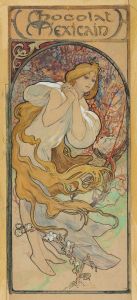
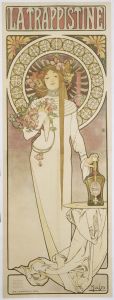
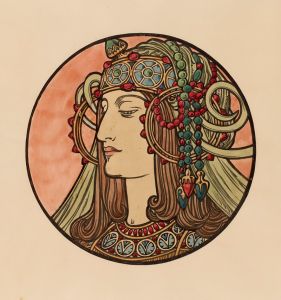
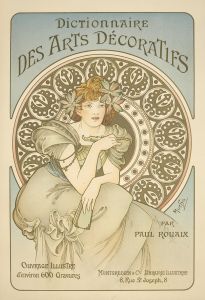
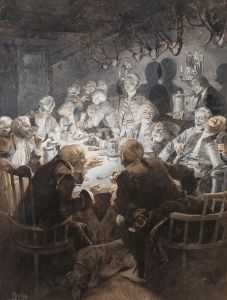
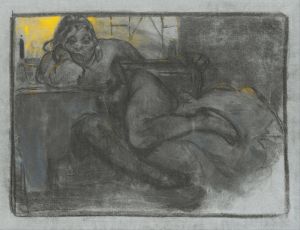
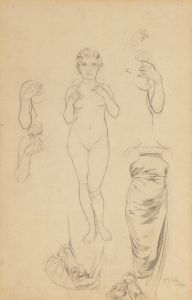
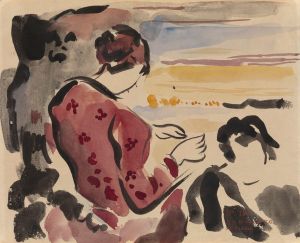
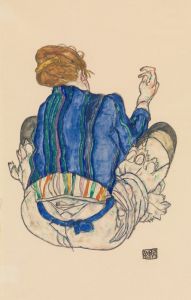
![Graphic designs for Fortune magazine.] [Study for cover with telephone lines spanning the globe](/imgs/249256/s/winold-reiss-graphic-designs-for-fortune-magazine-study-for-cover-with-telephone-lines-spanning-the-globe-766a580f.jpg)
